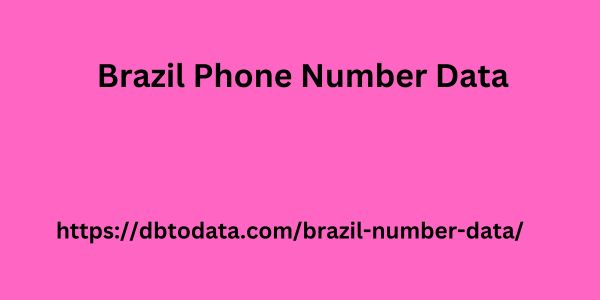|
|
Find out if your candidates have advanced Excel macro skills by comparing their answers to the possible answers below. 1. What are the advantages of macros? Your candidates might say that macros offer two main benefits: Save time by automating repetitive tasks Improve productivity and accuracy by reducing the need to manually enter commands 2. How do I run a macro automatically when opening a workbook in VBA? In response to this question, candidates may state that one should start by opening the VBA editor with the shortcut Alt+F11. Then, on the left side of the project explorer, double-click "ThisWorkbook." Enter the code "Private Sub Workbook_Open()" and press the Enter key. The recorded code is then written between "Private Sub Workbook_Open()" and "End Sub". Finally, after closing the VBA editor, the workbook is saved in Excel Workbook with Macros Enabled (XLSM) format. 3. How are macros saved? Candidates can describe two ways of saving macros. You may only need your macro for the specific workbook you created it in. In this case, you simply select "File" and then "Save" or "Save As.
On the other hand, you may need to save a workbook that contains macros and retain those macros after you save the workbook. To do this, select "No" when asked if you want to save the workbook without macros. Next, save the workbook in XLSM format. 4. How are macros hidden? Candidates may mention that users can hide macros by first opening the macro they want to hide. Then they need to go to the first line of code, which contains the "Sub" command. At the beginning of the line, they must write the word "Private", leaving a space between it and the name of the Brazil Phone Number Data macro. Once the macro is saved, it will be hidden. 5. How do you stop recording a macro? Do your candidates know that to stop recording a macro, they must go to the “View” tab and select “Macros”? Finally, they must click on the “Stop recording” option. 8 Tips to Help You Use Advanced Excel Questions in Your Interviews Prepare for Excel interviews with these practical tips! Before and during interviews, these tips will help you get the most out of our list of advanced Excel questions and make informed hiring decisions.

Test candidates for advanced Excel skills As we've already mentioned, pre-hire testing helps you find candidates with the necessary Excel knowledge and skills. Use an advanced Excel test to detect and interview only the most prepared candidates for the position. 2. Choose the set of questions you will ask all candidates Consistency is essential when conducting interviews. When using advanced Excel questions, be sure to choose a set of questions and apply them to all candidates. You can ask additional questions to get the information you need from a candidate who doesn't provide enough detail, but stay consistent in the questions you ask. 3. Describe the responsibilities of the positior example, if you mentioned in the ad that VBA is an essential part of the position, explain how it is relevant to the job. Or, if conditional formatting is common at work, explain why it's important. 4. Use advanced Excel questions and skills tests for your senior interviews It's important that you use advanced Excel skills tests and interview questions for senior positions, rather than general skills tests or basic Excel interview questions.
|
|